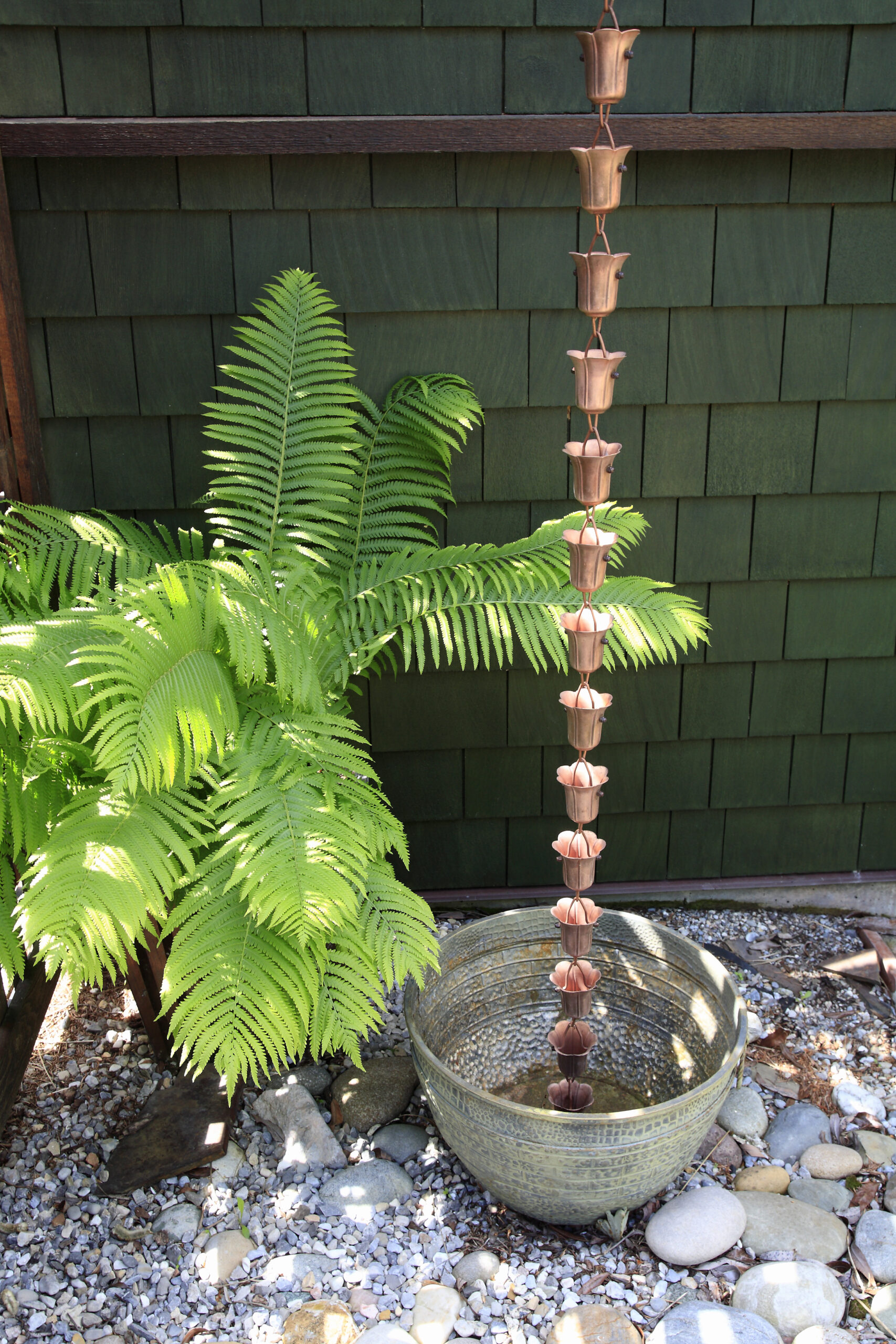Rain Chain Ideas: 9 Easy Water-Saving Methods for Your Yard
Rain chains are an elegant and functional addition to any yard, providing a visually appealing alternative to traditional downspouts. These chains are not just for decoration; they are part of an eco-friendly approach to water management in garden design.
What is a Rain Chain?
A rain chain is a series of decorative cups or links connected together to form a chain. Originating from Japan, they are designed to guide rainwater from your gutter system to the ground in a controlled and aesthetically pleasing manner.
Unlike downspouts that swiftly channel water away, rain chains allow you to observe the cascading water through its journey, adding a soothing auditory and visual element to your landscape.
These chains can be made from various materials, such as copper, stainless steel, and aluminum, which not only add to the overall beauty of your home but also offer durability.
How Do Rain Chains Work?
Rain chains work by utilizing the natural pull of gravity to direct rainwater downward through a series of cups or links. This method is an attractive water feature and also helps to reduce soil erosion by dispersing the water’s impact.
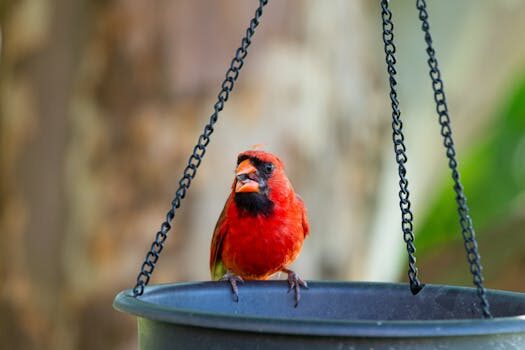
Rain chains are often used in conjunction with rain barrels or to direct water into landscaping features, enhancing the garden aesthetics and further contributing to water conservation.
Selecting the Right Rain Chain for Your Needs
When choosing a rain chain, it’s essential to consider both the style and functionality. The right rain chain for your needs should complement your home’s exterior and handle the volume of water your roof displaces.
- Assess the amount of rainfall your area receives.
- Evaluate the design and material that best suits your home’s style.
- Consider the length you need to reach the ground or your chosen water collection feature.
How to Make Your Own Rain Chain
Creating a DIY rain chain can be a simple and fulfilling project. You can use materials like copper tubing, small buckets, or decorative items to create a personalized chain that reflects your taste and creativity.
Assembling a DIY rain chain installation requires minimal tools and provides you with the opportunity to recycle materials, making it an eco-friendly project for your home.
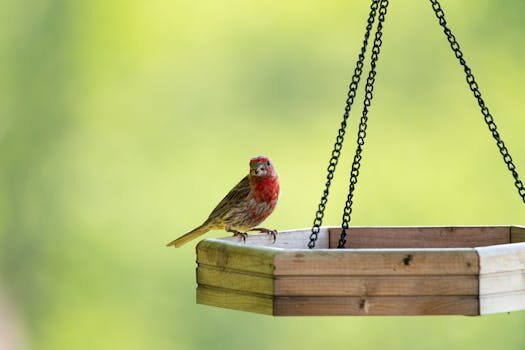
 Aldi is selling a fire pit for under $60 in the latest garden furniture drop
Aldi is selling a fire pit for under $60 in the latest garden furniture dropInstallation Tips for Rain Chains
Installing rain chains is straightforward, but it’s important to ensure they are securely attached to your gutter system. Here are a few tips:
- Use a gutter attachment piece to anchor your rain chain.
- Ensure the base of the chain is directed towards a drain or a collection system like a rain barrel.
- Check that the chain isn’t obstructing walkways or entrances.
Maintenance and Care for Your Rain Chain
To ensure the longevity of your rain chain, regular maintenance is crucial. This includes:
- Cleaning out debris from the cups or links to prevent blockages.
- Inspecting the chain for wear and tear, especially after extreme weather conditions.
- Applying a sealant to certain materials like copper to maintain their color and prevent oxidation.
Best Places to Install a Rain Chain
Consider installing your rain chain in areas where they can be both functional and a focal point. Popular locations include:
Over a rain barrel for water collection, near flower beds that benefit from extra watering, or in areas of your garden where water can be channeled to support landscape features.
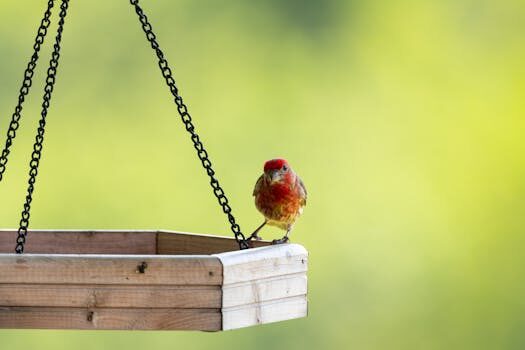
Related Questions on Rain Chain Uses and Benefits
What are the benefits of using rain chains?
Rain chains offer multiple benefits, including enhancing your home’s curb appeal and water management. They are a visually appealing feature that also contributes to eco-friendly rainwater solutions, reducing soil erosion and allowing for the collection of rainwater for garden use.
How do you install a rain chain?
Installation is generally a simple process. It involves removing the downspout and replacing it with the rain chain, securing it to the gutter outlet. Always ensure it’s firmly attached and that the water flow is directed towards a suitable area.
What materials are best for rain chains?
The best materials for rain chains are those that withstand the elements while remaining visually appealing. Copper, aluminum, and stainless steel are popular choices for their durability and aesthetic qualities.
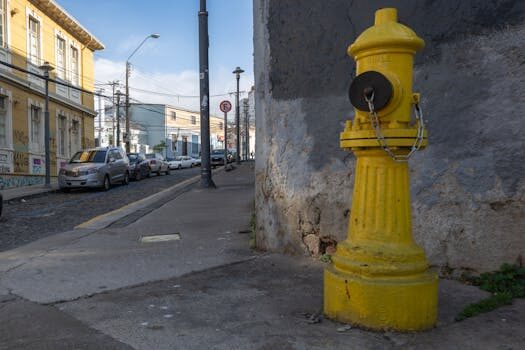
Can rain chains help with water conservation?
Absolutely. By directing rainwater to gardens, rain barrels, or other collection points, rain chains contribute to conserving water and reducing runoff.
Where should I place my rain chain?
Place your rain chain where it can be both decorative and functional. Near garden beds, entryways for visual appeal, or above water collection points are ideal placements.
 Backyard ideas with pavers: 10 smart ways to elevate your patios and paths
Backyard ideas with pavers: 10 smart ways to elevate your patios and paths
